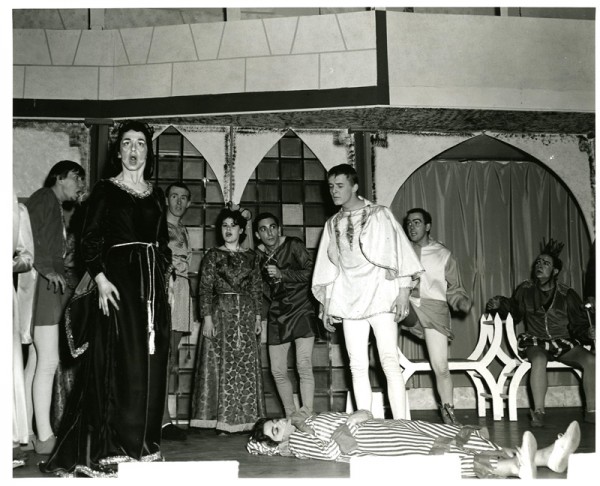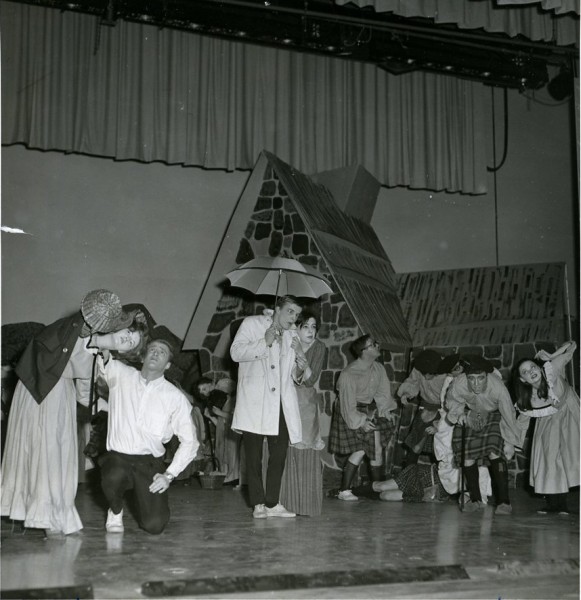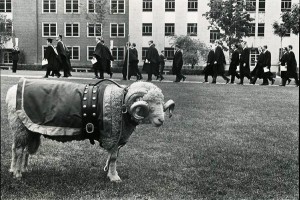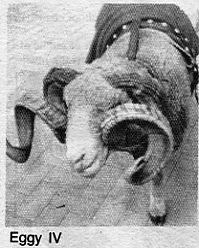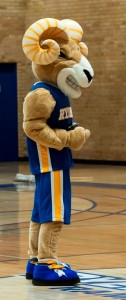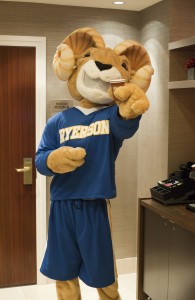An important component in defining the post-secondary experience is being able to take part in a club, sport, or other form of organization. Circle K International is the largest service-oriented, leadership-training, collegiate organization in the world and is a member of the Kiwanis International’s sponsored program. It is the university level of the Kiwanis Club but it maintains self-direction from its sponsor. There are currently over eleven thousand members in over five hundred colleges and universities worldwide.


Ryerson’s Circle K Club belonged to the Eastern Canada and Caribbean District, one of the oldest districts. It was chartered at Ryerson on February 16, 1955 and became the second Circle K Club of the district. Ryerson’s Circle K Club included the clubs of Waterloo, Western, and Queen’s Universities as well as Ridgetown, Fanshawe, and Chicoutimi Colleges. It was the oldest continuous club in the district until it became inactive in 1988.

Circle K was:
- A student movement: Students were becoming more and more interested in their environment and the surrounding issues such as lower school spirit, lack of trust in the government, and uncertainty for the future. Circle K allowed students to help shape their environment.
- A people organization: People are both the cause and cure of problems. Circle K was interested in helping find a better life and a better world.
- Involved with environmental, community, health, and student concerns. It raised funds for activities and charities and also attended to social issues on campus and in the community.

The Circle K Club meetings were public and any student could join as long as they had good character and an adequate academic standing. They held a weekly one-hour meeting, which was the minimum involvement for maintaining membership.

The motto for Circle K is “We Build”. The 1980 Ryerson Circle K President, Mark Donner, said the “main goal is to develop brotherhood and fellowship” through helping people.

Some of the main objectives of Circle K were to:
- give primacy to human and spiritual rather than material values of life
- encourage the daily living of the Golden Rule in all human relationships
- develop a more intelligent, aggressive, and serviceable citizenship
- promote the advantages of the democratic way of life
- encourage the application of higher social and professional standards
- participate in group activities, creating sound public opinion and high idealism

The Circle K Club at Ryerson found many ways of being involved. They organized dance marathons, car rallies, charity casino nights for cystic fibrosis, Shinerama, movie screenings, luncheons, parties, and blood drives at the school and provided funding for first year students with financial difficulties. One of their first campaigns was a safe driving campaign among students and staff.

Other events were bingo nights at a senior citizens’ home, sports nights at a local youth club, activities for mentally and physically disabled children, and career night for the Parkdale Boys and Girls Club. They aided organizations such the Toronto Rape Crisis Centre, the Big Brother and Big Sister Programs, and the Endangered Animal Sanctuary.

One of Circle K’s major advocacies was the blood clinics since the clinics first came to Ryerson. As incentives to donate blood, the Club issued prizes such as trophies, monetary awards, and dinner for two during their “bleed off” contests between course unions.


What was once a club with as many as thirty-five members in the mid-1960s became a club with only six members by the 1980s. Low revenue at fundraisers as well as low turnout at clinics were partly the result of this lack of internal participation. Chuck Menezies, the 1978 Circle K Vice-President, attributed the demise to the club’s straight image as well as to the growing influence of the Student Union.
The Student Union became the leading campus organization and soon became involved with tasks that Circle K had been handling previously. They took over management of the used book store, the cloak room, the lost and found, and helped organize the blood clinics. The interest in and influence of the Circle K Club diminished and by 1988 the club was abolished.

For more information, please visit Archives and Special Collections on the 4th floor of the library.



















